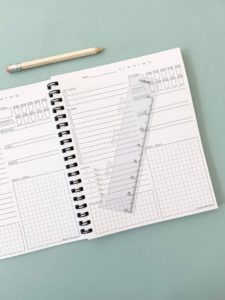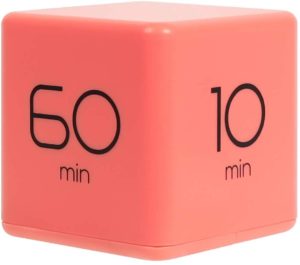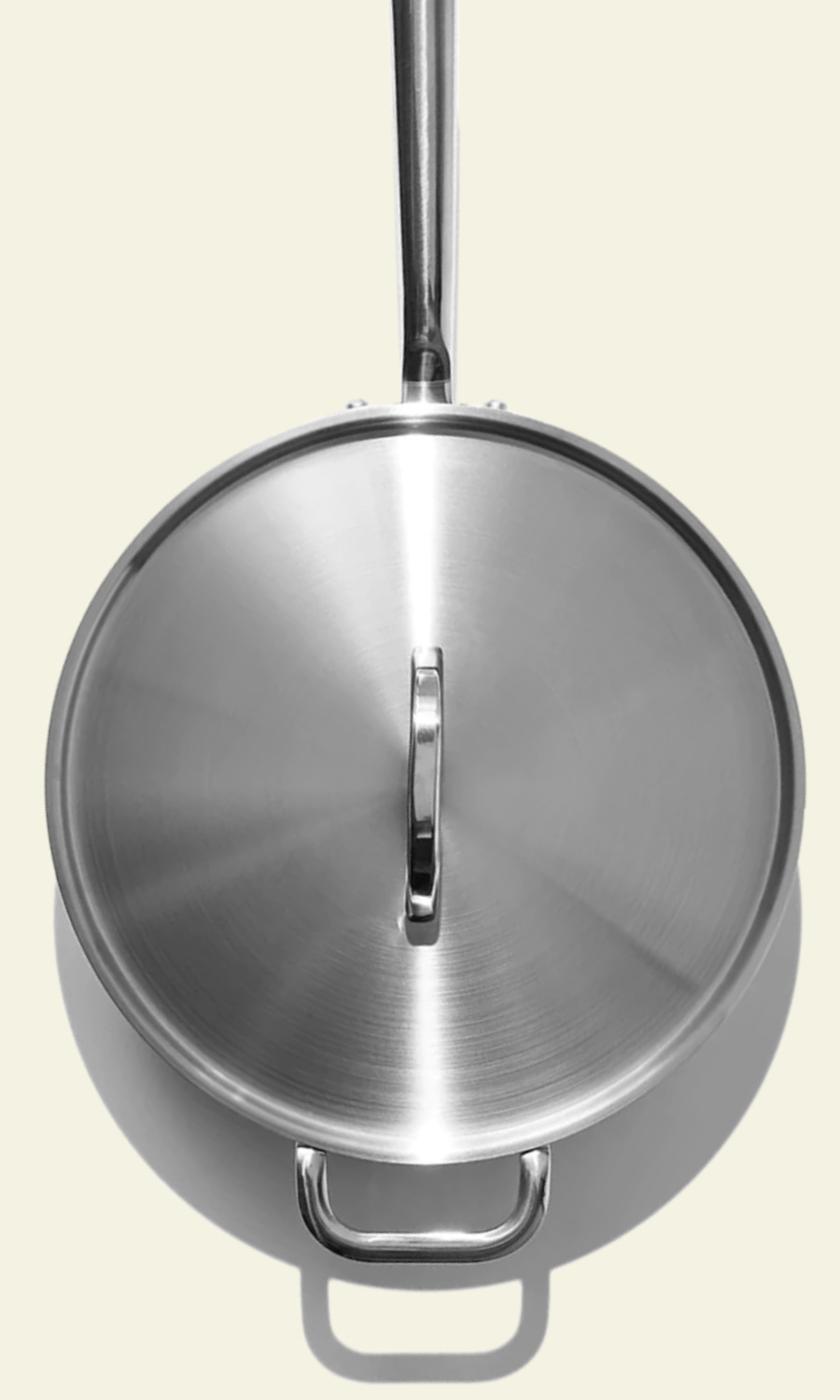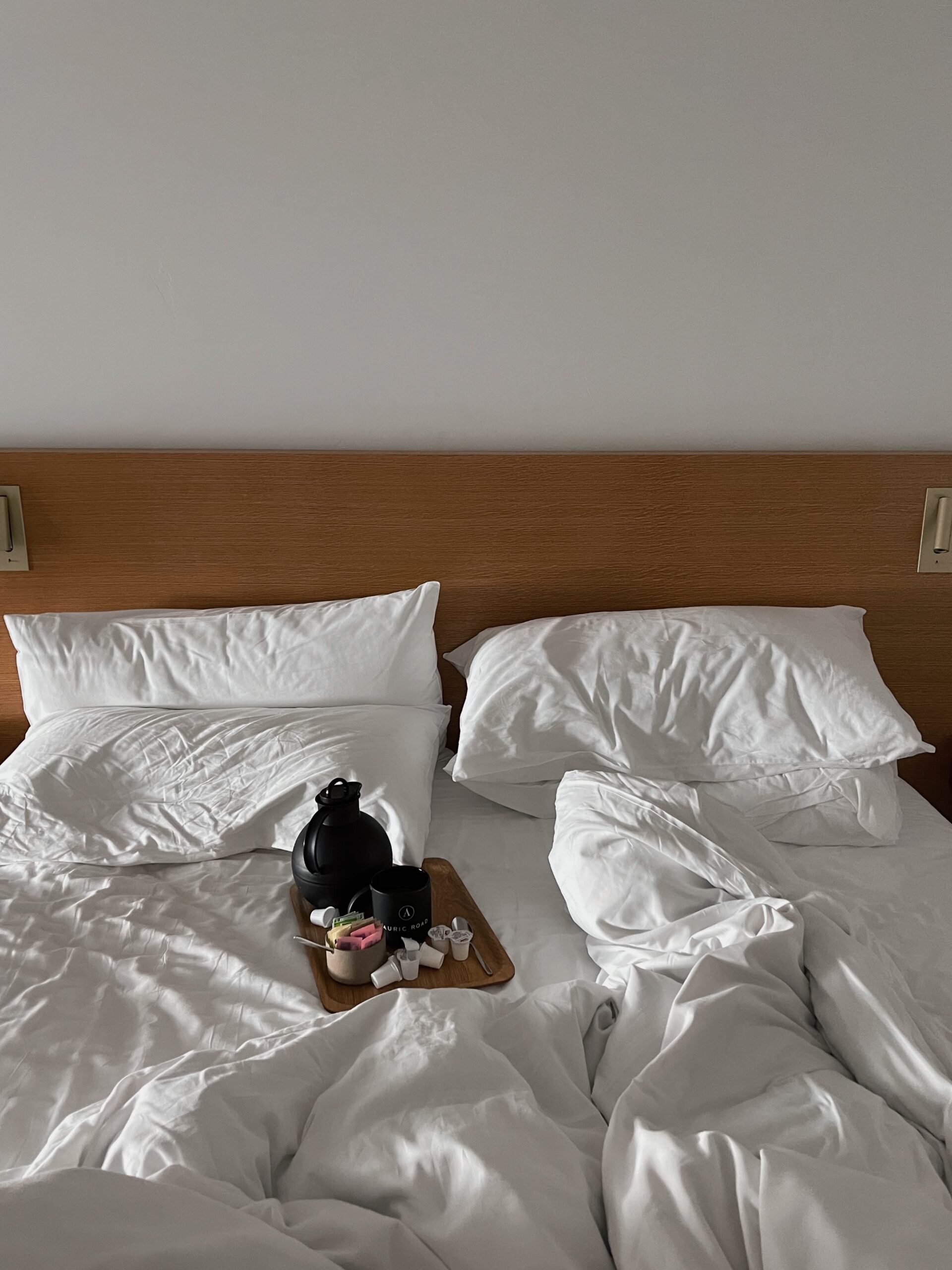Making the most of your time each and every day is no easy task — especially for natural-born procrastinators such as myself. Scheduling, planning ahead and focusing on time management were three virtues for the birds. I had been encouraged to use agendas, calendars and to-do lists to no effective execution. I realized that my past efforts — while effective for some — were leaving me stressed, overwhelmed and behind on my goals.
In my effort to become more productive, I came across the block schedule system.
What is a block schedule?
The block schedule system takes agendas, to-do lists and calendars to the next level by pushing you to complete a set amount of tasks in a given block. For example, I have separated my day into six blocks: a morning block, two day blocks, two afternoon blocks and a nighttime block. Each block has a time limit of three hours. I have six alarms set on my phone which alert me which block I am entering. While this may seem intense from a first timer’s perspective, I promise it’s really not! I couldn’t believe how easy, effective and malleable the system was. With this schedule, I am able to accomplish everything on my to-do list, stay on track with my personal goals and even prioritize my mental health.
What makes Block Scheduling effective?
The difference between the block schedule system and standard agendas / to-do lists is the deadline that is attached to it. I know from experience how easy it is to make a long list and not get any of it done. With this system, you are able to break down tasks to given time frames. For instance, if you have a block with tasks such as walk the dog, shower, go to the grocery store and prep dinner — you’ve got a set amount of hours to do it. Another great thing about the system is that even if you don’t finish something, it won’t eat up your day and set you back on other tasks. Whatever doesn’t get done, gets re-listed for the next day. However, you’ll find that three hours is a good amount of time when used effectively; cut out the distractions and you won’t have to push back anything. Instead, you’ll find yourself ticking off the boxes and feeling like you can do anything!
How To Get Started With Block Scheduling
- Start by blocking out time for your biggest priorities. Try to be realistic with what you can effectively get done, too. Shoot for three or less “priorities” for any given day.
- Block time for how you want to start and end your day. This is where you can create recurring time for planning, writing, reading or however you want to set the tone for the start and end of your day.
- Schedule in time for “reactive” tasks. This includes emails, calling people back, things that might not necessarily impact your priorities.
Other tips:
Overestimate how long something will take. It’s a great practice until you really nail down how long a particular tasks usually takes you.
Schedule tasks around your energy shifts throughout the day. Ever notice the afternoon slump? Maybe schedule reactive tasks around that time. Take not of your energy and adjust your schedule accordingly.
Block out time for breaks. Take a few minutes away from the screen, take a stretch, go for a walk. Your brain will thank you.
Healthy Productivity = Healthy Mindset
By far the greatest reward from this system is the effect it has on my mental health. Before this system, I wasn’t one for morning and nighttime routines. But now, I find myself journaling for five minutes each morning, meditating in the shower, enjoying sit down meals and really taking the space at night to just relax and be with my family.
Prioritizing my peace of mind is worth more than any type of stress that comes from leaving everything to the last minute. Try the system out for yourself by searching for a template on Google and be really open to the possibilities.
Not every day needs to be scheduled and not every day will go as planned. Use this system on days where you have lots to accomplish to make the most of your time.

Born and raised on the island of Puerto Rico, Kaylee is a college graduate navigating the ebb and flow of this world. She loves yoga, snorkeling and falling off of paddle boards. She has too many favorite movies. And you can always find her procrastinating with a good show, a murder mystery novel or eating dates with too much peanut butter.








Comments +